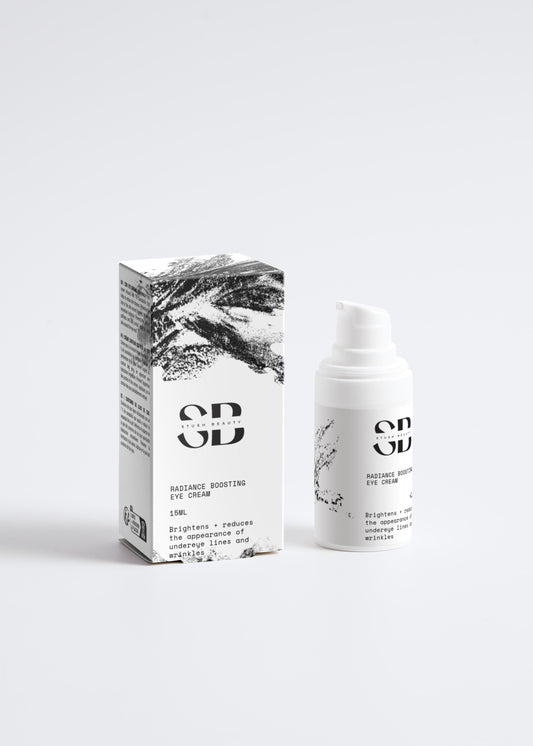Have you ever woken up with creases on your face or noticed changes in your facial appearance over time? While genetics, aging, and skincare routines all play significant roles, there's one often overlooked factor: your sleeping position. Yes, the way you sleep can indeed affect your face shape and overall appearance.
Let's dig into the connection between your sleeping habits and your facial features.
The Impact of Sleeping Position
-
Side Sleeping: Many of us favor sleeping on our sides. However, consistently pressing one side of your face against a pillow can lead to sleep lines and wrinkles over time. These lines can become more prominent and permanent, contributing to changes in facial shape, particularly around the cheeks and eyes.
-
Stomach Sleeping: Sleeping on your stomach can be comfortable for some, but it's not ideal for facial health. Pressing your face into a pillow for extended periods can cause compression of the skin, leading to the formation of lines and creases. Over time, this can contribute to a flattened appearance, particularly in the cheek and forehead areas.
-
Back Sleeping: Sleeping on your back is often touted as the best position for spinal alignment and overall health. From a facial perspective, it can also be beneficial. When you sleep on your back, there's less pressure on your face, reducing the likelihood of sleep lines and wrinkles forming. This can help maintain a more youthful and symmetrical facial shape over time.
Other Factors to Consider
-
Pillow Material: The type of pillow you use can also influence how your face is affected during sleep. Silk or satin pillowcases, for example, create less friction against the skin, reducing the likelihood of sleep lines. Additionally, memory foam pillows can help distribute pressure more evenly, minimizing the risk of facial distortion.
-
Duration of Sleep: Prolonged periods of pressure on the face, regardless of sleeping position, can exacerbate the formation of lines and wrinkles. Ensuring you get an adequate amount of sleep each night and incorporating regular breaks during long periods of rest can help mitigate these effects.
Conclusion
While genetics and lifestyle factors certainly play significant roles in shaping our facial features, the way we sleep should not be overlooked. Consistently adopting certain sleeping positions can contribute to the development of lines, wrinkles, and even changes in facial shape over time.
To promote optimal facial health, consider making small adjustments to your sleeping habits. Experiment with different sleeping positions and pillow types to find what works best for you. Remember, investing in quality sleep not only benefits your overall well-being but also helps you wake up looking and feeling refreshed, with a face that reflects it.




